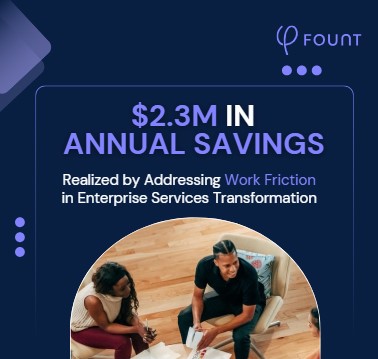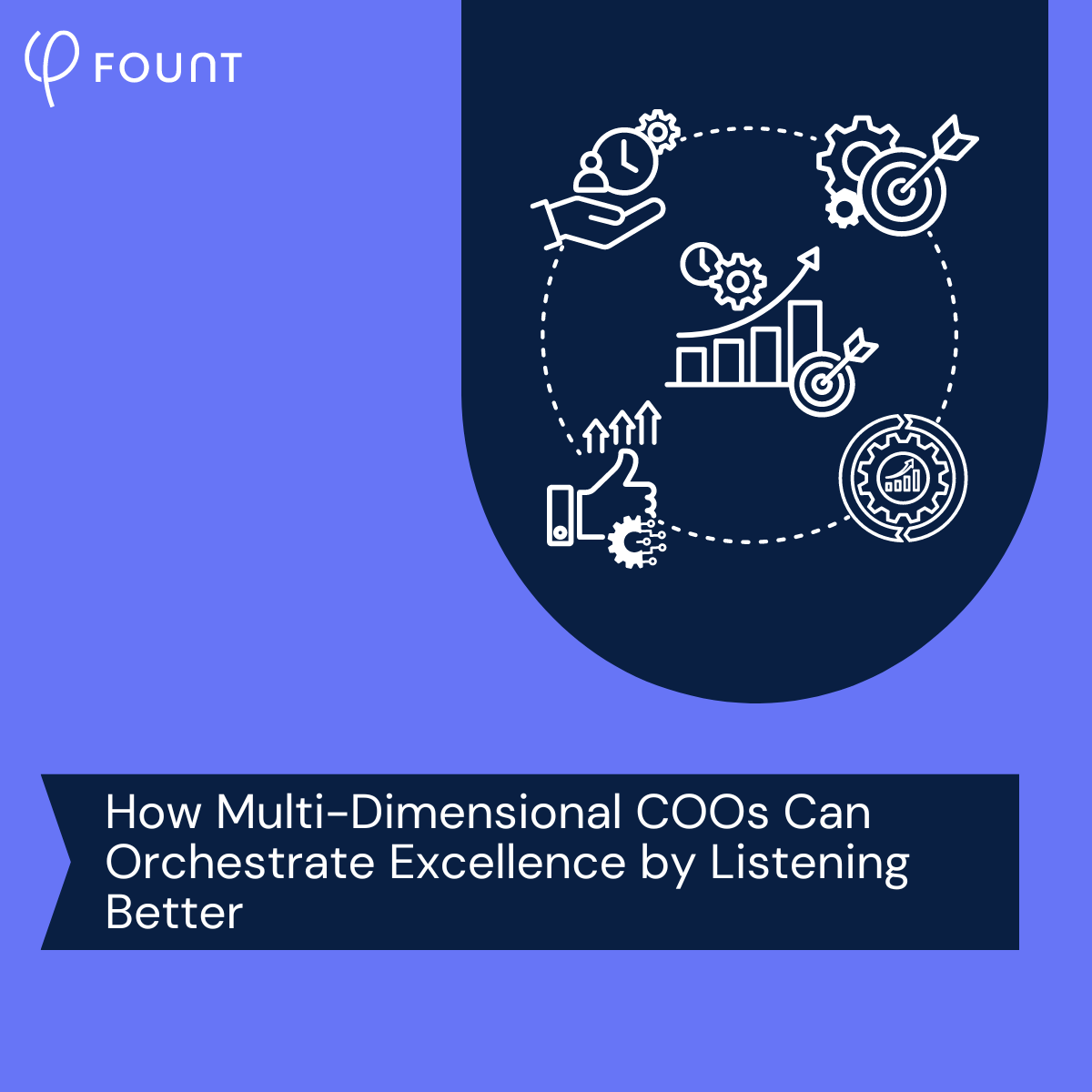Table of Contents
The FOUNT Guide to Employee Experience
A summary of the details of the article will go here.
Employee experience (EX) is challenging to precisely define. Often, it’s deployed as shorthand for an intricate web of concepts that thread through all facets of an organization’s management, culture, human resources (HR) initiatives, and day-to-day work.
When HR executives and business leaders ask the right questions, however, they’re likely to find that the reality of EX isn’t so nebulous.
To dovetail off of how TI People defines EX: What interactions define how employees work? What helps them succeed? What limits their successes? And how does all this influence how employees feel about their work – and the company they work for?
There’s no doubt: a focus on employees’ interactions and feelings (ineffable though they can seem) is the key to developing and supporting positive experiences.
In this blog – FOUNT’s guide to Employee Experience – we go over the two “buckets” central to exploring how employees feel about their work. Then, we dive into why companies struggle to consistently realize positive EX throughout their organization.
For more about how to deliver better experiences, read on…
Background: An Internal System with Customer Experience Roots
Eight hours (or more) per day. Five days (or more) per week. Employees’ work lives are nothing if not intensive. Multiply weekly hours worked over any number of years and it’s obvious that an employee’s work within a company is far more intricate than any single customer experience.
Customer experiences, after all, are designed to be relatively brief. Want to make a purchase on Amazon? One click of the “Buy Now” button is all it takes. And enterprise-scale transactions, too, are made as smooth as possible for the customer. From sale, to implementation, to automated updates, companies work hard to make the purchase process frictionless.
But work isn’t so straightforward, even if it should be. Throughout every employee journey, work-related experiences arise beyond the core tasks, extending into a complicated web. These complications may be as simple as unplanned 15-minute meetings, or as complex as navigating benefits of the Family and Medical Leave Act (FMLA). In any case, companies tend to accept such EX obstacles as the cost of doing business.
This cost is paid in energy and effort. And it’s almost always employees who pick up the tab.
The result? Unnecessary (sometimes terrible) experiences. (Reminder: we call such disruptions work friction.) But it doesn’t have to be that way. When companies dive down into understanding their employees’ work lives, they can make better experiences for everyone.
Here’s how…
Bucket #1: How Employees Experience Doing Their Work
From talking with customers on the call center floor to vaccinating patients for the flu, day-to-day job responsibilities are the primary way most employees – and their managers – think about work. But when it comes to work friction, day-to-day tasks are only one side of the coin (more on the other side below).
A business’s operational managers typically own this EX bucket. Traditionally, management of the experiences employees have working in their assigned roles focuses on…
- Optimizing workflow
- Promoting task efficiency
- Evaluating overall job performance
The key is, these focal points are determined with the company’s goals in mind. In practice, this creates points of work friction for employees such as unnecessary hurdles, inefficient processes, and unclear expectations.
Some managerial actions – say, micromanaging an employee’s core tasks – may even create work friction in all three areas above. And the more difficult an employee finds it to complete their work, the worse their experiences are, which in turn tends to diminish their productivity.
But navigating obstacles while working on core tasks isn’t the only way employees experience work friction. Next, let’s look at the second bucket.
Bucket #2: How Employees Experience Company Benefits and Services
Consider an employee who needs to take medical leave. No matter the reason, that’s a stressful situation, at best. And even the most generous leave policy won’t fully alleviate the impact on how the employee thinks about their role in the workplace.
HR-related services and policies like these, which impact personal and professional development, are the second bucket of EX.
Researching FMLA policies, for example, isn’t a core task. Neither is completing the forms required to take leave. And each process is likely to add stress to an already burdened employee who is worried about their health.
When that employee returns to work, they may also worry about whether their absence has impacted their colleagues or changed their trajectory toward promotion. The HR managers who own this bucket may do the best they can to smooth out the process. But chances are, even if they make the bureaucratic work as frictionless as possible, they don’t have a window into how the EX they manage intersects with the EX overseen by the employee’s direct supervisor.
Yet without a 360-degree view of how both buckets impact each other, a clear understanding of an employee’s experiences isn’t possible. And each unseen or overlooked obstacle is a friction point with the potential to detrimentally impact an employee’s experience at work.
So, what’s the best way to gain a full understanding of EX? It’s simple: ask employees about their experiences.
Work Friction: The Universal Destroyer of Good Employee Experiences
Many leaders are familiar with W. Edwards Deming’s observation that a bad system will beat a good person every time. Yet when it comes to work friction, this maxim is too often overlooked. And such systemic failure is what makes work friction the universal destroyer of good EX.
It’s true for business leaders. It’s true for HR executives. And it’s true for the employees whose experiences they manage. Work friction is like running with water-logged shoes or sailing into constant headwinds – it makes progress more difficult (and uncomfortable) than it needs to be.
In other words, positive EX results from making the system work effectively for employees, and addressing the root causes of friction in the workplace. So how can businesses make that a reality? Identify and reduce work friction in both work processes and HR services.
To achieve this, FOUNT suggests businesses use moment-specific surveys to gather data and learn from employees how, where, and when work friction occurs – then determine the courses of action that reduce friction from those experiences.
Work Friction Is as Dynamic as the Work It Prevents
At the end of the day, experiences employees may accept in the workplace likely won’t be accepted when they impact their lives at home. That may sound easy to understand. But, like work friction, without the right approach it’s also easy to overlook.
Want to learn more about how to discover the right approach for your organization? Get in touch.
Related Resources
See all News
Insights
Breaking the False Tradeoff in GBS: Efficiency vs. Experience

Events
LIVE Webinar – July 9th for SSON Network. Beyond AI Hype: How to De-Risk Your GBS Transformation with Friction Data

Insights
To Create New Value, GBS Leaders Need Different Data
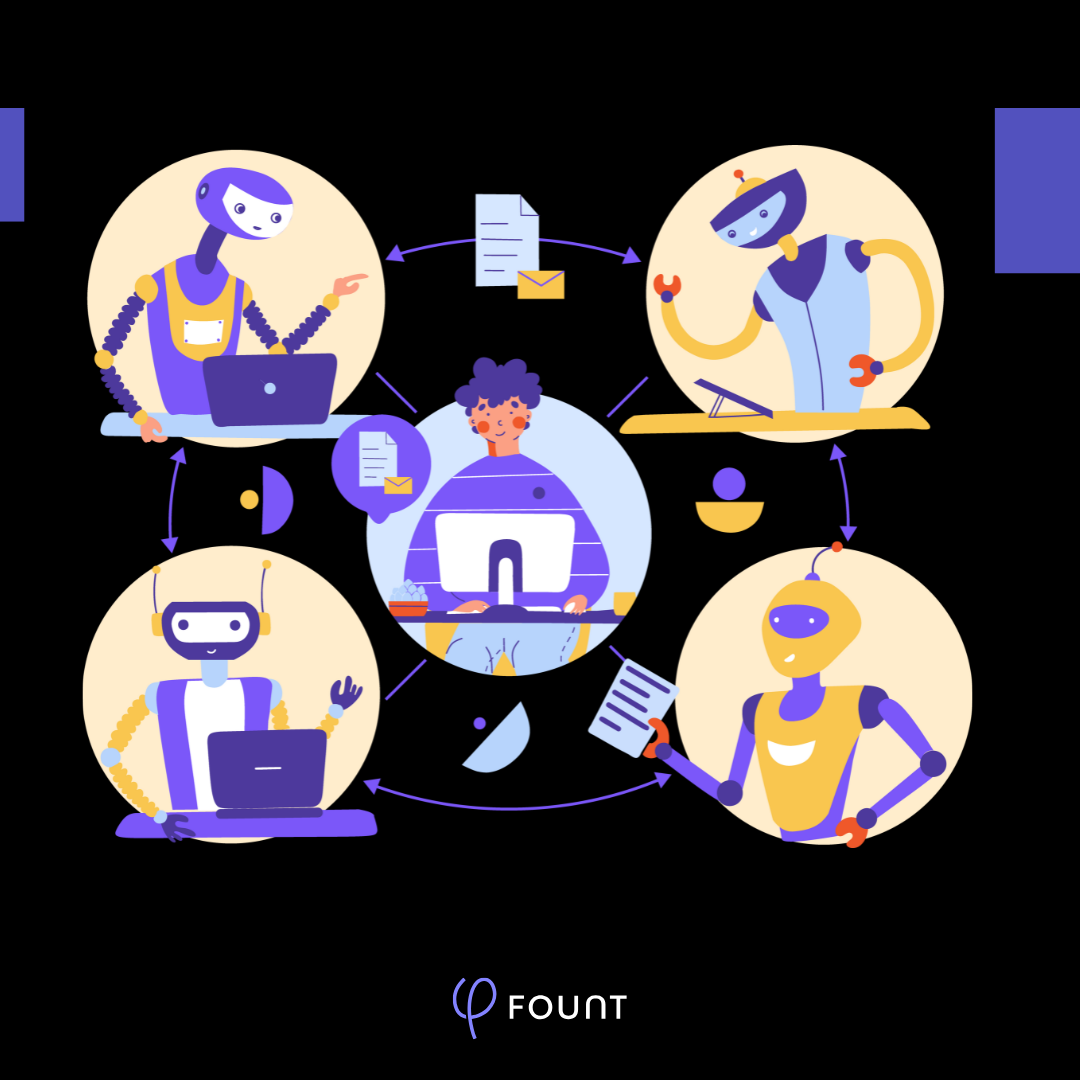
Insights
How to Keep Up with the Latest AI Developments
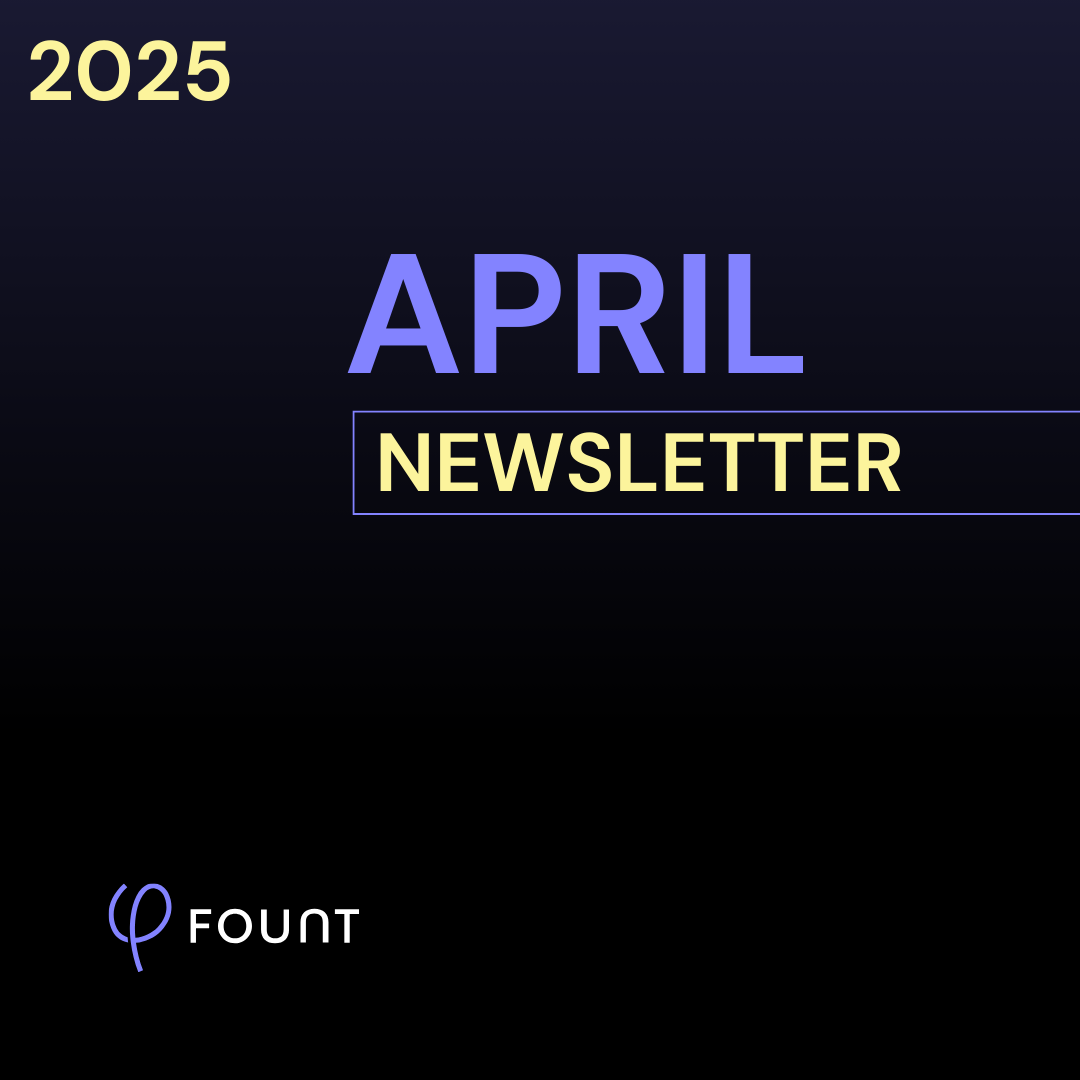
Insights
APRIL Newsletter. Friction: You Can’t Improve What You Can’t See

Guest Post
AI is Reshaping the HR Operating Model: Here’s What 15 Leading Companies Discovered
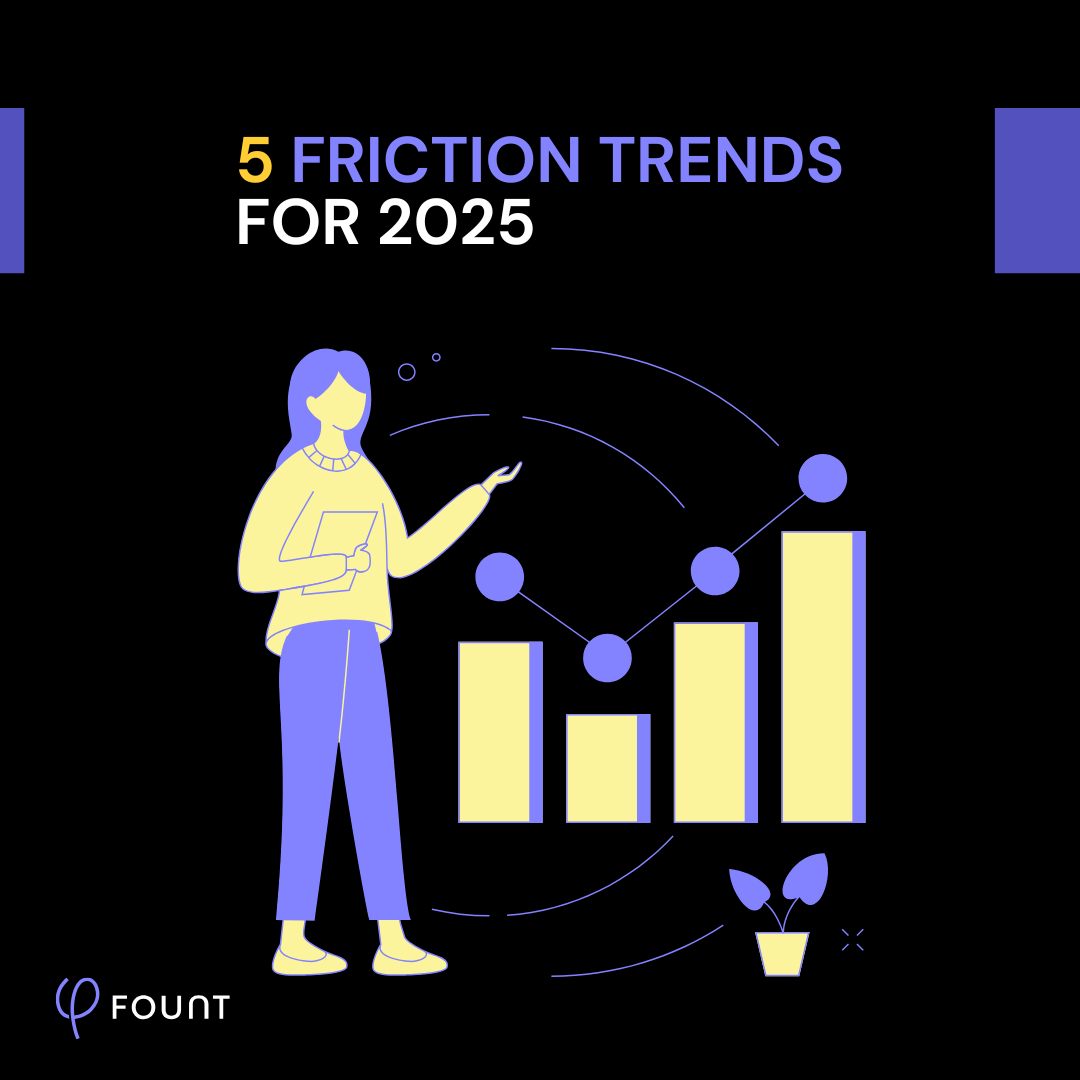
Insights
5 Friction Trends for 2025
Research
WHITEPAPER: Work Friction
